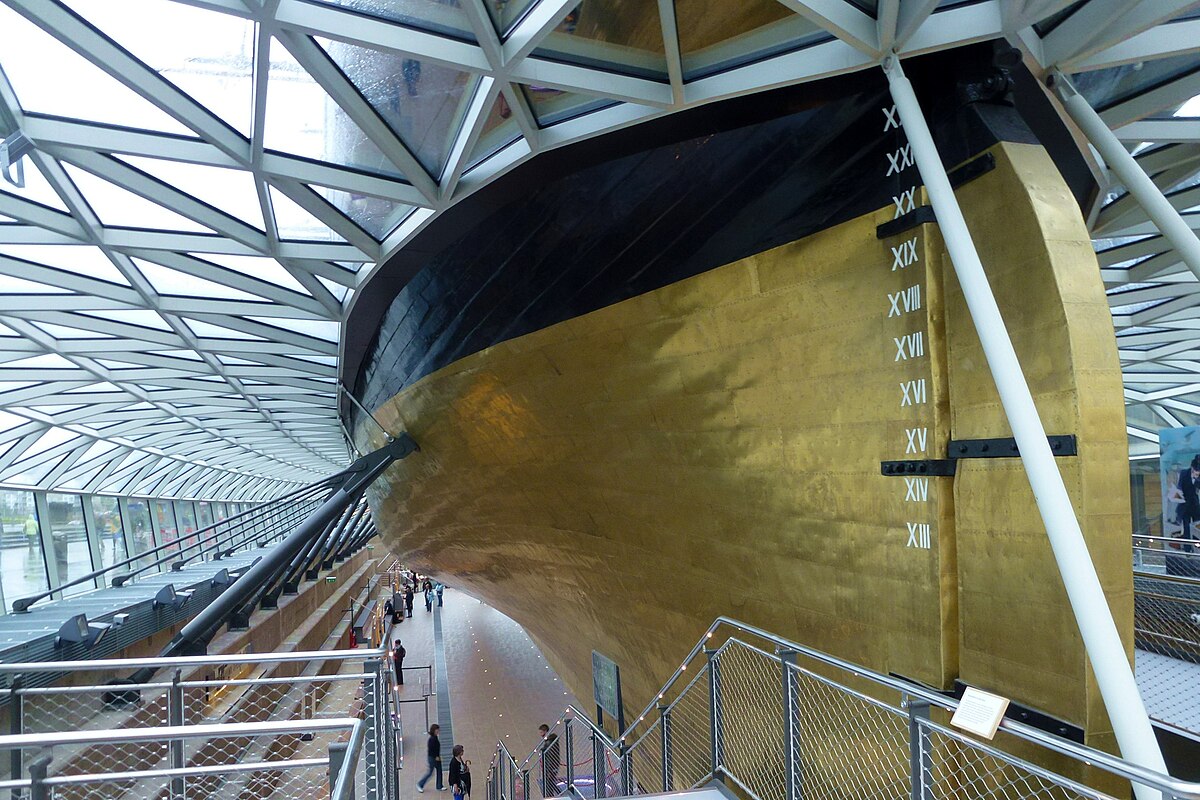A lot of model ships (especially Mayflower) have the lower hull painted white.
This makes for a very pleasing appearance but I am curious to know whether this would ever have been the case in reality.
If so, what would the coating have been and why? Would paint on rough timber have stayed on when constantly immersed in sea water?
Or is it just a depiction of a layer of barnacles?
This makes for a very pleasing appearance but I am curious to know whether this would ever have been the case in reality.
If so, what would the coating have been and why? Would paint on rough timber have stayed on when constantly immersed in sea water?
Or is it just a depiction of a layer of barnacles?







